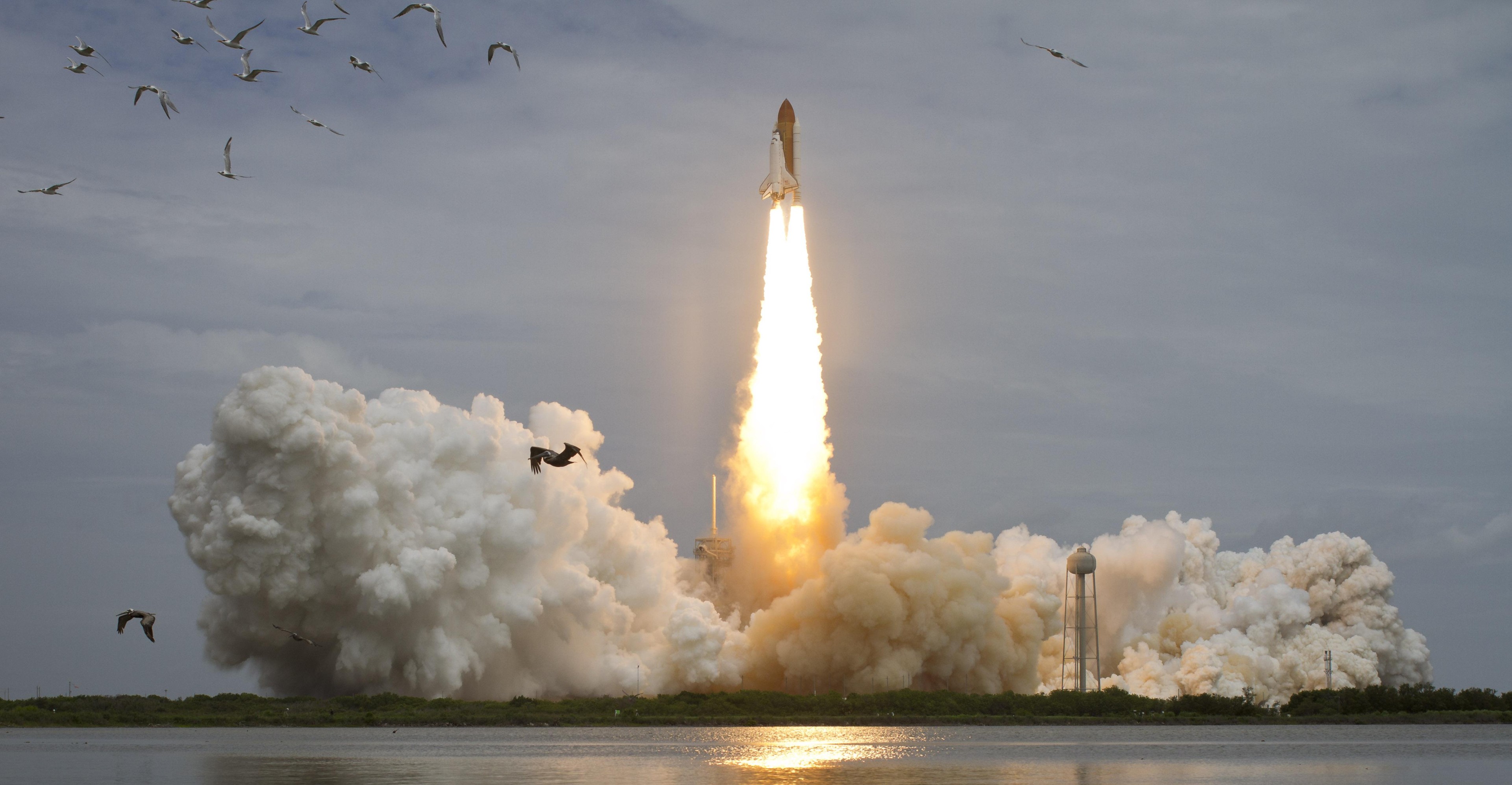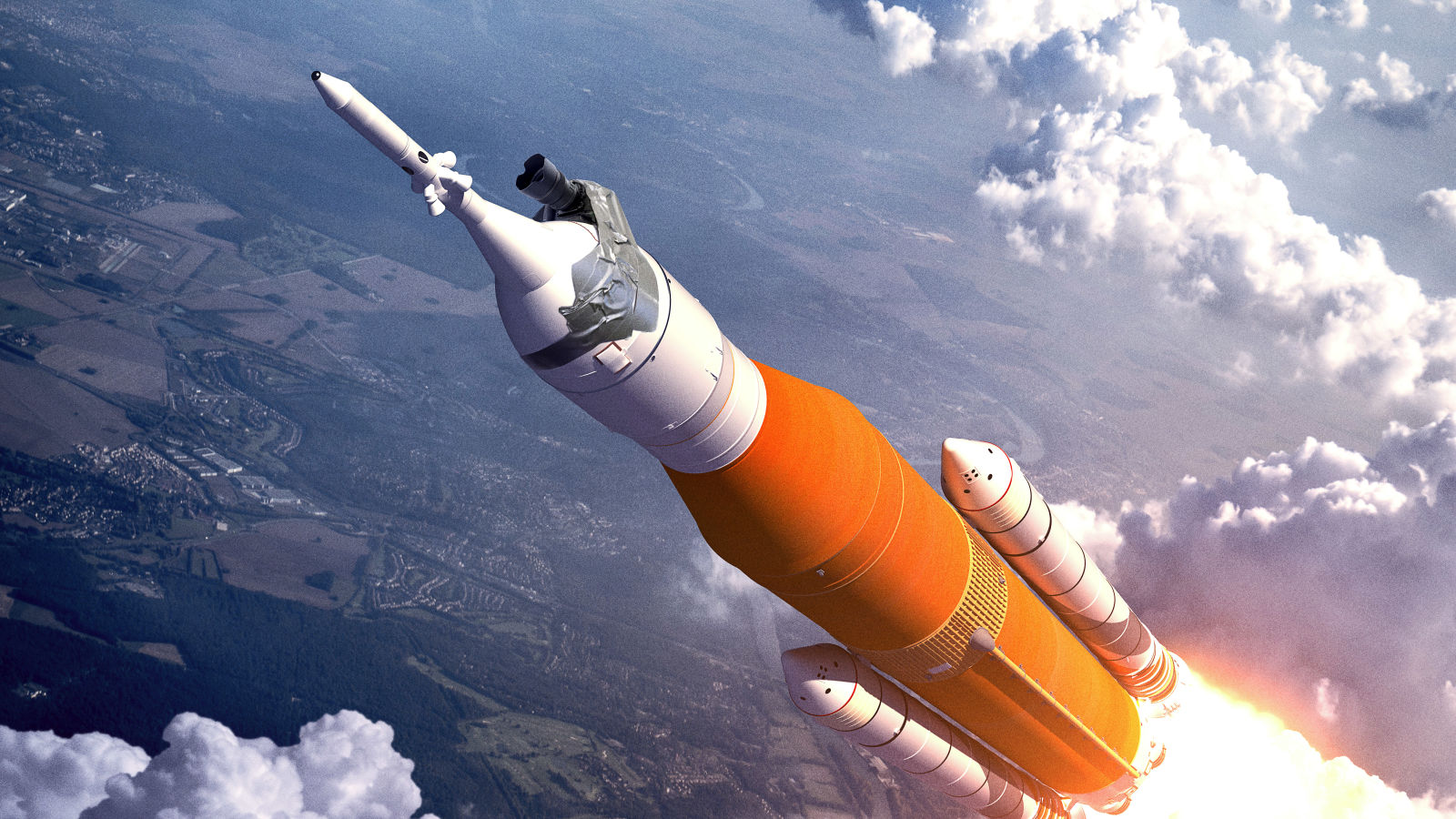

The legislation creating the Space Launch System was passed in October 2010, at which time the rocket was expected to be ready for operations in 2016. Each contractor was given a "cost plus" contract that ensured funding but provided little incentive for on-time delivery.

And the SLS rocket is complex both technically and politically.Ĭoncerned about job losses after the space shuttle retired, Congress imposed this rocket on the space agency, down to dictating its various components to ensure that space shuttle contractors such as Boeing, Lockheed Martin, Northrop Grumman, and Aerojet Rocketdyne continue to receive substantial space program funding. For a large bureaucracy like NASA, completing complex human spaceflight tasks is difficult. "As always, we will fly only when we are ready," she said.Īlthough years late and many billions of dollars over budget, the launch of this rocket will in some ways be a minor miracle. After modal testing and stacking of Orion on top of the rocket, she said the agency will release a projected date for the wet dress rehearsal and the launch of the rocket itself.
NASA LAUNCH UPDATE
Hambleton said NASA plans to soon offer an update on launch dates. However, if there are further delays, or if the wet dress rehearsal identifies new issues, the launch would most likely slip to next summer. Assuming the wet dress rehearsal proceeds nominally and other activities continue on schedule, the SLS rocket could launch next spring. Advertisementįollowing this test, the vehicle will be rolled back into the Vehicle Assembly Building for final checks and closeouts. A source said this wet-dress test will likely take place in November or December. However, the vehicle's engines will not be fired. Following this assembly and further tests, the SLS stack will be rolled to Launch Pad 39B for a "wet dress rehearsal," during which the vehicle will be fueled and much of an actual countdown will be simulated.
NASA LAUNCH SIMULATOR
NASA originally hoped to complete this work in July, but Hambleton confirmed to Ars that this vibration, or "modal" testing, is ongoing in the Vehicle Assembly Building at Kennedy Space Center.įollowing this testing, the mass simulator will be removed, and the Orion spacecraft with its launch abort system will be stacked carefully on top of the rocket. This information will be fed into flight software.
NASA LAUNCH FULL
A "mass simulator" for Orion was then placed atop the rocket. At present, NASA and its contractors are working on vibration tests of the assembled rocket, with the goal of better understanding the difference between the natural vibrations of the full stack versus those caused by external forces. "Moving step by step, we are progressing toward launch while keeping our team as safe as possible."Įarlier this summer, technicians and engineers in Florida completed stacking the SLS rocket, along with its side boosters. "The agency continues to monitor the rise of COVID cases in the Kennedy area, which, combined with other factors such as weather and first time operations, is impacting our schedule of operations," she said. NASA's Kathryn Hambleton acknowledged that the space agency has seen schedule slips.

Share your stories and opinions with us here.Further Reading NASA fired up its new rocket for 499.6 seconds on Thursday You can now write for and be a part of the community. "The campaign would fulfill a solar system exploration goal, a high priority since the 1970s and in the last two National Academy of Sciences Planetary Decadal Surveys," said NASA. The performance period will start around February 25 and last for six years.Īlso read | Mars sample collection risks bringing to Earth deadly alien virus. "America’s investment in our Mars Sample Return program will fulfill a top priority planetary science goal and demonstrate our commitment to global partnerships, ensuring NASA remains a leader in exploration and discovery."Ĭost-plus-fixed-fee pricing of the contract for the Mars Ascent Vehicle Integrated System (MAVIS) is estimated to be around $194 million. "This groundbreaking endeavor is destined to inspire the world when the first robotic round-trip mission retrieves a sample from another planet – a significant step that will ultimately help send the first astronauts to Mars," said NASA Administrator Bill Nelson.Īlso read | NASA captures mind-boggling photo of UFO-like object on Mars. The MAV will be humanity's first rocket to be fired off from another planet and it will further NASA's attempts to better understand the red planet. This strategic NASA-ESA alliance would be the first to return samples from another planet.


 0 kommentar(er)
0 kommentar(er)
